Table of Contents

Are you looking for a healthy and delicious meat option?
If so, ostrich meat is a great choice!
Ostrich meat is one of the leanest meats available, with less fat than chicken, beef, or pork.
It is also a good source of protein, iron, zinc, and vitamin B12.
In this blog post, we will explore the health benefits of ostrich meat, as well as some of the ways you can cook it.
We will also debunk some of the myths about ostrich meat, such as the belief that it is tough or gamey.
General facts about ostrich meat:
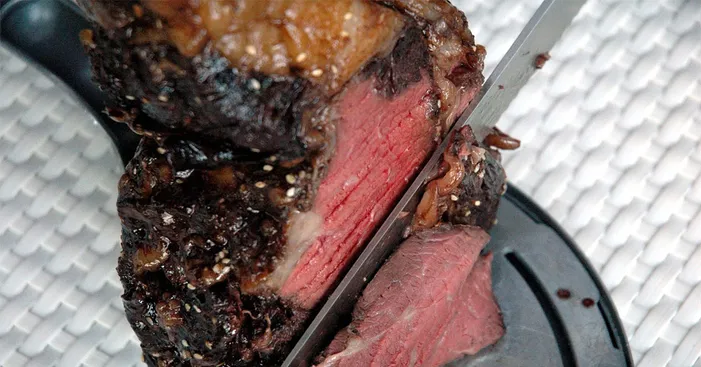
For many, ostrich meat has already ceased to be exotic. In the past, it was only used in large bird habitats.
Today, there are many large poultry farms, and its meat is available to most consumers.
Overview:
Ostriches are the largest living birds on Earth, reaching up to 2.5 meters in height and weighing up to 160 kilograms.
They are native to the African savannahs, where they have been hunted for centuries for their meat, skin, and feathers.
Ostrich farming has a shorter history, beginning in the 19th century when South African farmers started raising ostriches for their feathers.
In the mid-20th century, the world began to appreciate ostrich meat, and the first ostrich farm in Poland was established in 1993.
Ostriches have not yet gained widespread popularity, but they are a popular export.
For example, Poland is currently one of Europe’s leading producers of ostrich meat, and it is particularly popular in Germany, the Netherlands, and Belgium.
Ostrich meat flavor:
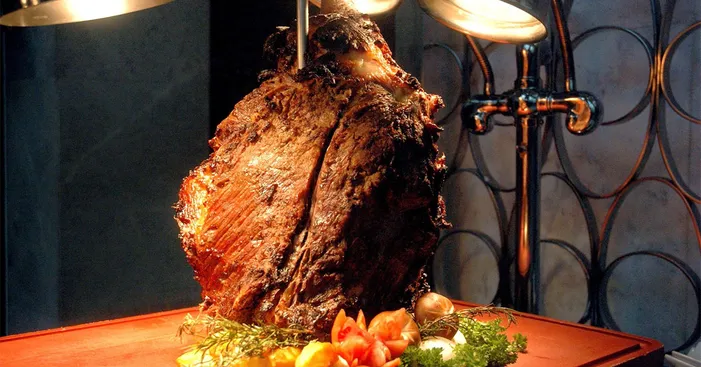
Ostrich meat is often described as having a similar flavor to beef but with a more delicate and juicy texture.
It is also said to have a hint of sweetness and a gamey aroma.
Well-prepared ostrich meat is said to melt in your mouth, leaving a lasting impression.
- “Ostrich meat resembles beef” can be rewritten as “Ostrich meat has a similar color and flavor to beef.”
- “Its taste can also be compared to that of good-quality beef” can be rewritten as “Ostrich meat has a similar flavor to high-grade beef.”
- “It tastes sweet and juicy” can be rewritten as “Ostrich meat has a sweet and succulent flavor.”
- “In the smell, you can recognize a hint of venison” can be rewritten as “Ostrich meat has a slightly gamey aroma.”
- “Well-prepared ostrich meat almost melts in your mouth” can be rewritten as “Ostrich meat is tender and flavorful when cooked properly.”
- “Leaving indelible taste sensations” can be rewritten as “leaving a lasting impression on your taste buds.”
Ostrich, beef or poultry?
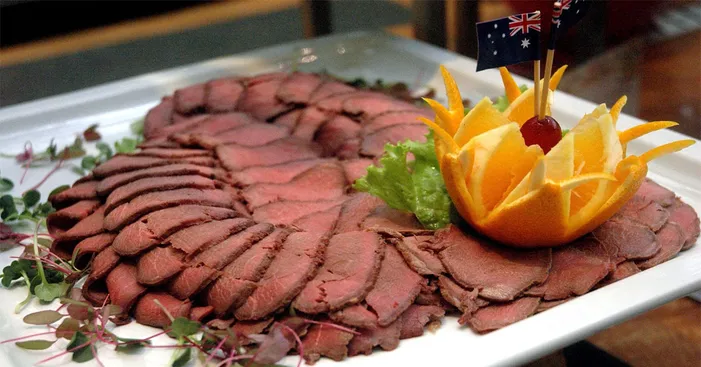
Ostrich meat is often described as being somewhere between beef and poultry.
It has the rich, beefy flavor of red meat, but it is also lean and low in fat, like poultry.
This makes it a healthier alternative to both beef and poultry, especially for people who are watching their cholesterol or weight.
In fact, ostrich meat is one of the leanest meats available.
Ostrich meat has only 2-3 grams of fat per serving, compared to 4-5 grams of fat in beef and 3-4 grams of fat in chicken.
It is also lower in cholesterol than both beef and chicken.
In addition to being low in fat and cholesterol, ostrich meat is also a good source of protein and iron.
A 3-ounce serving of ostrich meat contains 25 grams of protein, which is more than a serving of beef or chicken.
It also contains 2 milligrams of iron, which is about 10% of the daily recommended intake.
If you are looking for a healthy and delicious alternative to beef or poultry, ostrich meat is a great option.
It is lean, low in fat and cholesterol, and a good source of protein and iron.
Ostrich meat health benefits:
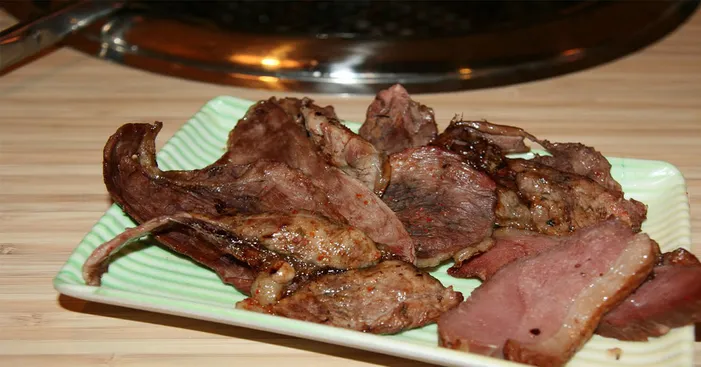
Ostrich meat is high in protein:
It contains about 20% protein, which is similar to other lean meats like chicken and turkey.
Protein is essential for building and repairing tissues, and it can also help you feel full and satisfied after eating.
Ostrich meat is also a good source of other nutrients, including copper, potassium, zinc, and vitamins B2 and PP.
These nutrients are important for maintaining good health.
Ostrich meat is low in fat and sodium:
making it a good choice for people with high blood pressure.
Ostrich meat is a lean meat, with only 0.24 to 1.11% fat.
This is even less fat than chicken, which has about 3.4% fat.
The fat in ostrich meat is also of a beneficial composition, with more than 1/3 of the fatty acids being polyunsaturated acids.
Polyunsaturated acids are essential fatty acids that are important for many bodily functions, including regulating blood pressure.
In addition to being low in fat, ostrich meat is also low in sodium.
A 100-gram serving of ostrich meat contains only about 45 milligrams of sodium.
This is much lower than the sodium content of other meats, such as beef (77 milligrams) and chicken (72 milligrams).
The combination of low fat and low sodium content makes ostrich meat a good choice for people with high blood pressure.
High heme iron content:
This is really beneficial, especially for people with anemia and pregnant women
Studies carried out by renowned scientific centers have shown a very high heme iron content in ostrich meat (2.9 mg / 100g tissue after heat treatment), higher than in beef and horse meat.
In the case of meat, where heme iron is predominant, iron utilization by the human body is as high as 20%.
For this reason, ostrich meat is recommended for people suffering from anemia, pregnant women, active sports enthusiasts, and anyone concerned about their body’s efficiency.
Other health benefits:
- Normalizes cholesterol levels.
- Improves the condition of hair, nails, and skin (calcium and phosphorus).
- Improves cardiovascular function, and normalizes blood pressure (vitamin B).
- Helps build muscle (vitamin E).
- Improves digestion (protein).
- Promotes weight loss (low fat).
- Eliminates toxins from the body, and improves metabolic processes (protein).
- Oxygenates the blood.
- Helps patients recover from surgery and serious long-term illness (protein).
- Strengthens the musculoskeletal system (calcium).
- Replenishes energy and vitality (vitamin PP).
Using ostrich:
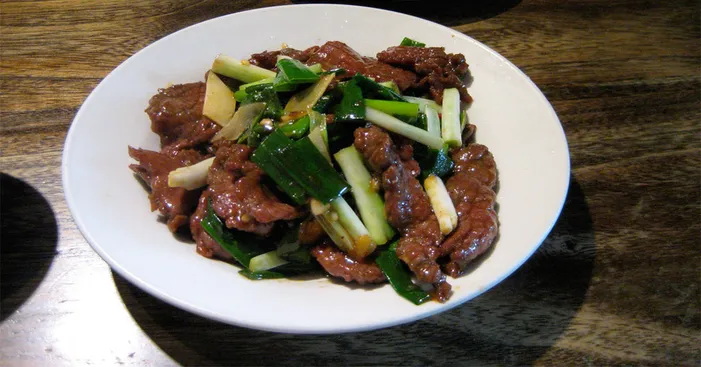
Preparing ostrich may not be very complicated, but it does require special care.
We can’t subject it to intensive heat treatment, as it can become dry and bastardized.
If we prepare the meat correctly, it will be soft and tender.
Ostrich leg meat works best as a roast.
It can be served hot or cold.
To ensure that the roast doesn’t get too dry and that all its juices are retained, it’s worth using ready-made cooking bags or a casserole dish with a lid.
When cut into pieces, it can be successfully transformed into a stew and minced – spaghetti sauce or tartare.
Ostrich meat is a versatile and delicious option that can be enjoyed in many different ways.
Sliced meat is ideal for making steaks, scallops, or medallions, while smaller pieces can be used to make stews, stir-fries, or Bolognese sauce.
Ground ostrich meat can also be used in a variety of dishes.
In addition, ostrich meat is naturally low in fat and cholesterol, making it a healthy choice for those looking to reduce their intake of these nutrients.
It is also a good source of protein, iron, and zinc.
Ostrich meat does not need to be heavily seasoned.
Salt and pepper are usually sufficient, but other herbs and spices can also be used, such as coriander, rosemary, or orange zest.
Some cooks even add sweet ingredients, such as cranberries or apricots.
Furthermore, it can be cooked in a variety of ways.
It can be grilled, pan-fried, roasted, or stewed.
It can also be eaten raw, such as in carpaccio or tartare.
Ostrich Carpaccio:
Ingredients:
- 1 pound frozen ostrich meat, thawed but not completely
- 6 tablespoons olive oil or rapeseed oil
- 3 tablespoons lemon juice
- 1/2 bunch parsley
- 1/4 bunch basil
- 1/2 cup grated Parmesan cheese
- Salt and pepper to taste
Preparation:
- Cut the ostrich meat into the thinnest slices possible using a sharp knife.
- Spread the meat out on a serving platter.
- Finely chop the parsley and basil leaves.
- In a small bowl, whisk together the olive oil, lemon juice, parsley, basil, salt, and pepper.
- Pour the dressing over the ostrich meat and spread it evenly.
- Sprinkle the Parmesan cheese over the top.
- Serve immediately with warm croutons.
Ostrich fillets and creamy blue cheese:
Ingredients :
- 4 ostrich fillets
- 1 tablespoon butter or margarine
- ¼ cup port wine
- ¼ cup heavy cream (or whipping cream)
- 2 tbsp. creamy blue cheese
- Ground pepper
- Salt
Preparation:
- Rinse ostrich and pat dry with a towel.
- Melt butter in a 10- to 12-inch skillet over high heat. Cook steaks when the pan is hot.
- Brown meat on each side for medium-rare or medium-rare (red in the center, cut lightly to check), 4 to 5 minutes total or to taste (note that well-cooked ostrich meat is dry).
- Remove the pan from the heat and quickly transfer the meat to a plate. Set aside and keep warm.
- Add port, cream, and cheese to skillet; stir over high heat until mixture reduces to about 1/3 cup. Pour sauce over the meat. Season with salt and pepper to taste.
Buying ostrich meat:

When choosing ostrich meat, bear in mind that not all parts are suitable for all dishes.
For steaks, let’s use fillets and tenderloins, as they are the most delicate.
The remaining pieces are harder, so they require longer processing and can be baked or cooked.
